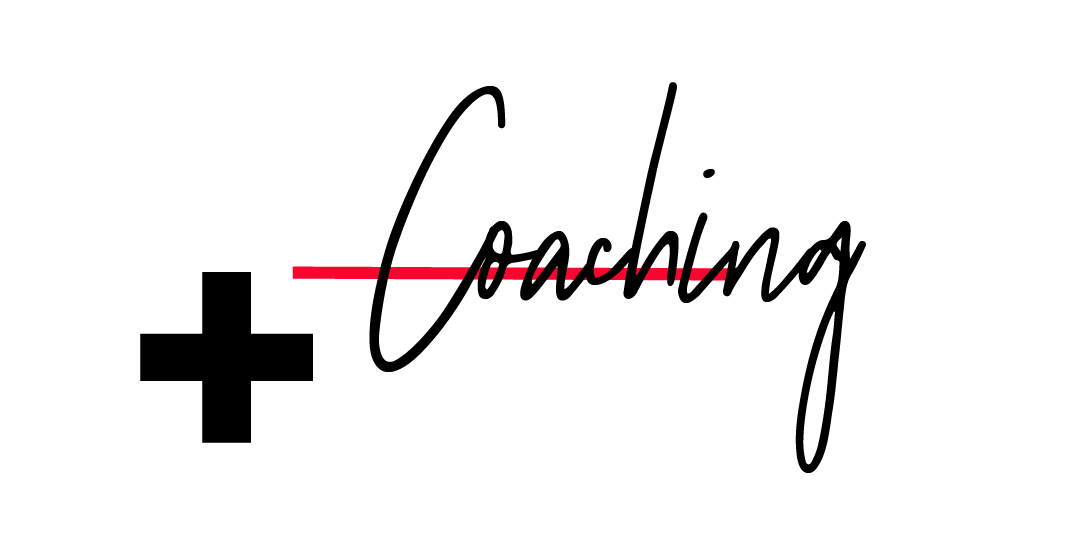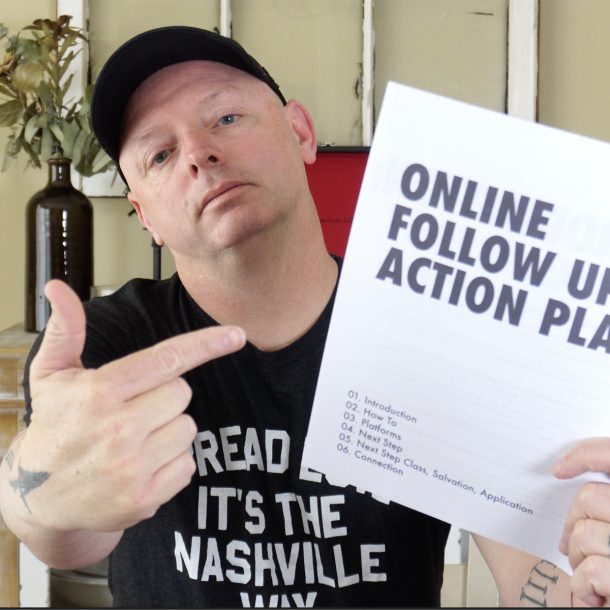Corporations/organizations are desperate for truly creative people to step forward and inspire innovation.
Corporations and organizations are desperate for truly creative people to step forward and inspire innovation.
The WSJ recently ran a post journaling the ways innovation is being embraced in corporate America. For all the creative space corporate America is yielding, I believe the church is actually attempting to
make the same push. More and more of us are being surrounded and empowered to innovate and create. With the challenge to create, healthy organizations also create a culture where creative people are given the permission to
fail. “Failure, and how companies deal with failure, is a very big part of innovation,” says Judy Estrin, founder of seven high-tech companies and author of a book on innovation. Failures caused by attempting to
create and innovate must be permitted. However, sloppy failure – failure that is caused by not executing – destroys the equity we are trying to build with our bosses and organizations. Estrin went on to
say that “If employees try something that was worth trying and fail, and if they are open about it, and if they learn from that failure, that is a good thing.”
Some companies like GREY NEW YORK, an advertising agency, even have a quarterly “Heroic Failure Award”. This is an award given to employees who are willing to take big risks. The entire purpose for handing out this award is to keep employees taking risks. With success comes the temptation to play it safe. Again, reward risk and failure, not laziness. Creative professionals need permission to fail so we can create our best work. Regardless of what happens in the end, we have to reward risky ideas if we desire to break the clutter that exists in our culture.
“Many people succeed at producing innovations because they churn out a very large number of ideas, both good and bad,” says Dean Keith Simonton, a psychology professor at the University of California. He is so
passionate about people failing for innovations sake that he believesthe best innovators produce ideas consistently. “The most successful people tend to be those with the most failures.”
But what do we do when we fail? How do we turn our failure into future successes?
When we fail, we need to quickly regroup and address what caused this particular idea to not succeed? Was it the idea, the execution, user error, or maybe the system? We must identify if this particular idea can be further developed to possibly being a future success. It is vital that when we take a risk and fail that we own that failure, embrace it, and don’t try to hide it. If we are going to learn to leverage our failure and
not lose equity, we have to develop trust, honesty, and expectations.





Trackbacks/Pingbacks